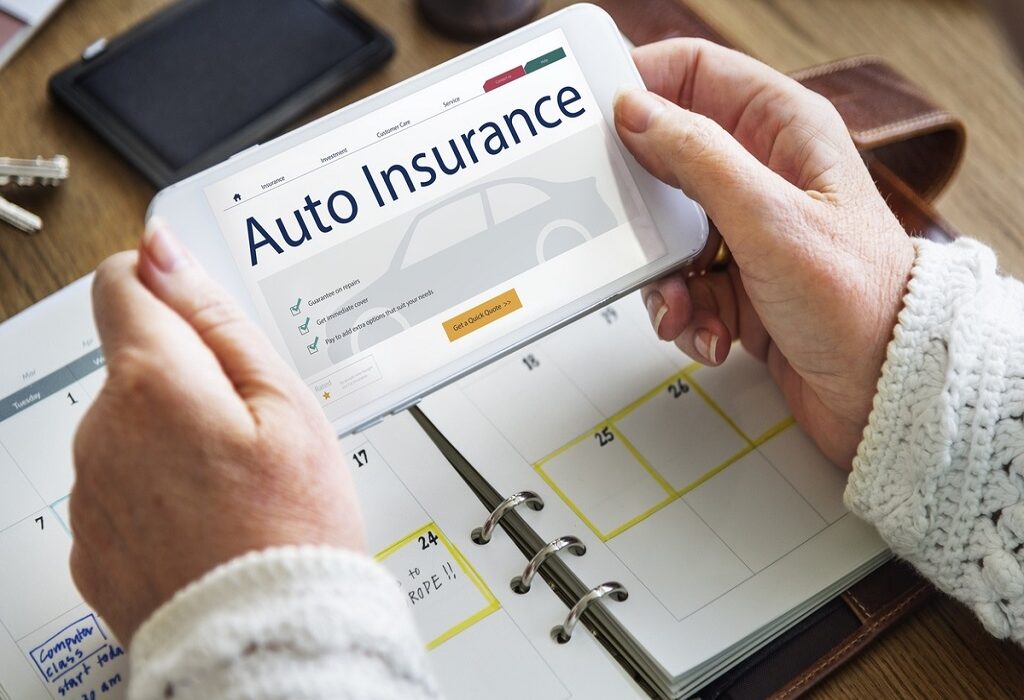Choosing the best vehicle insurance can be a difficult undertaking. Not only do state regulations differ, but the various types of coverage offered by insurance providers can further complicate matters. In this guide, we’ll explain the many types of coverage available, so you can get the best policy for your needs and budget. Read on.
Types of Auto Insurance Coverage
Uninsured Motorist Coverage
Uninsured motorist coverage will essentially pay for vehicle repairs if you are struck on the road by a hit-and-run driver or a person who does not have any auto insurance. It will also cover any medical bills and (worst-case scenario) burial expenditures incurred for any passenger in your vehicle. Some states require drivers to get this coverage.
Collision Coverage
This policy does exactly what it sounds like: if you’re in a car accident, it will help pay for your vehicle’s repairs. If the repairs happen to exceed the value of your vehicle, your insurance company will most likely give you a check for the total worth of your vehicle rather than paying for repairs. If you own a new or almost new car, collision insurance is a must-have.
Liability Coverage
If you are in an accident and you cause bodily injuries to a third party or damage their vehicle, this part of your car insurance policy will pay for the resulting expenses. Liability insurance is a must-have in most states. It’s a good idea to opt for as much liability insurance as you can afford.
Comprehensive Coverage
When you see the term “comprehensive,” you might think that’s all the coverage you’ll need because it definitely covers everything. However, this is not the case. (Yes, car insurance terminology can sometimes be confusing.) Comprehensive insurance covers any damage to your car that isn’t the result of a collision. This includes damage caused as a result of vandalism, theft, riots, fire, natural calamities, damage caused due to animals, and falling objects. This insurance also covers theft of the contents within your vehicle. This form of insurance is required by many lenders since it lowers their risk.




